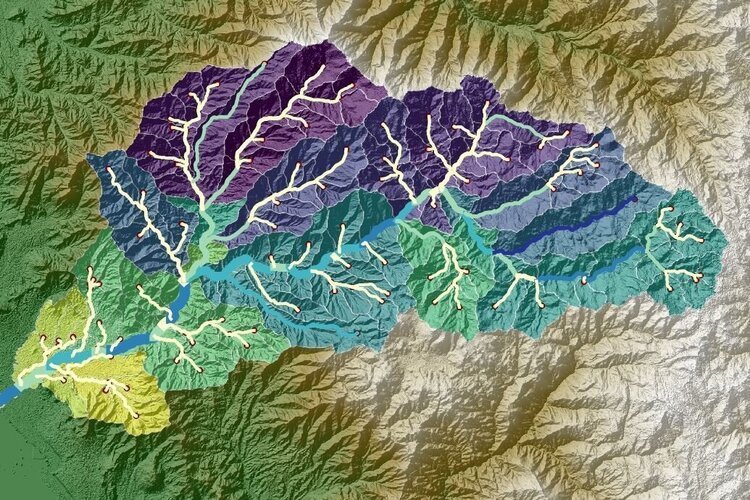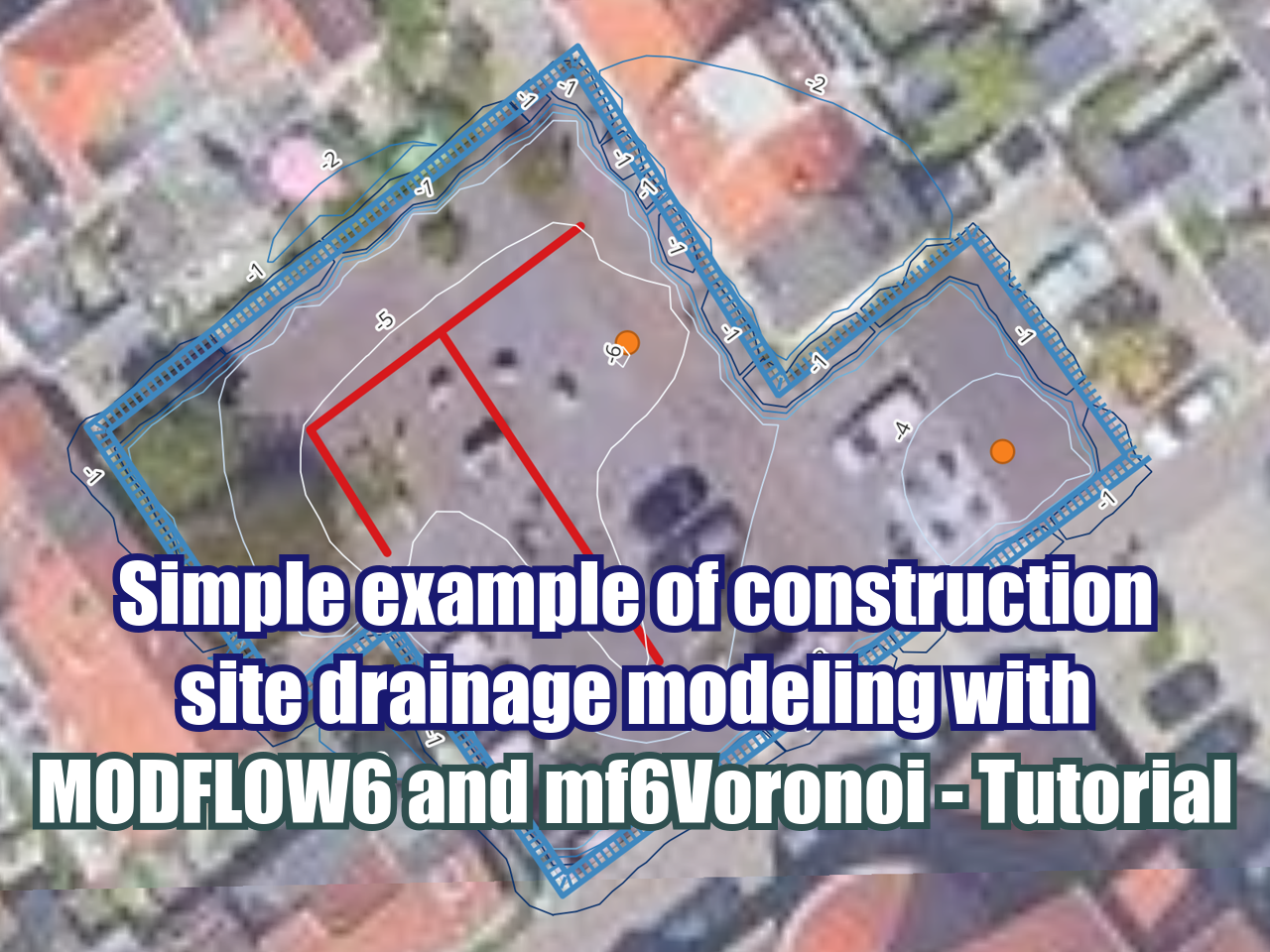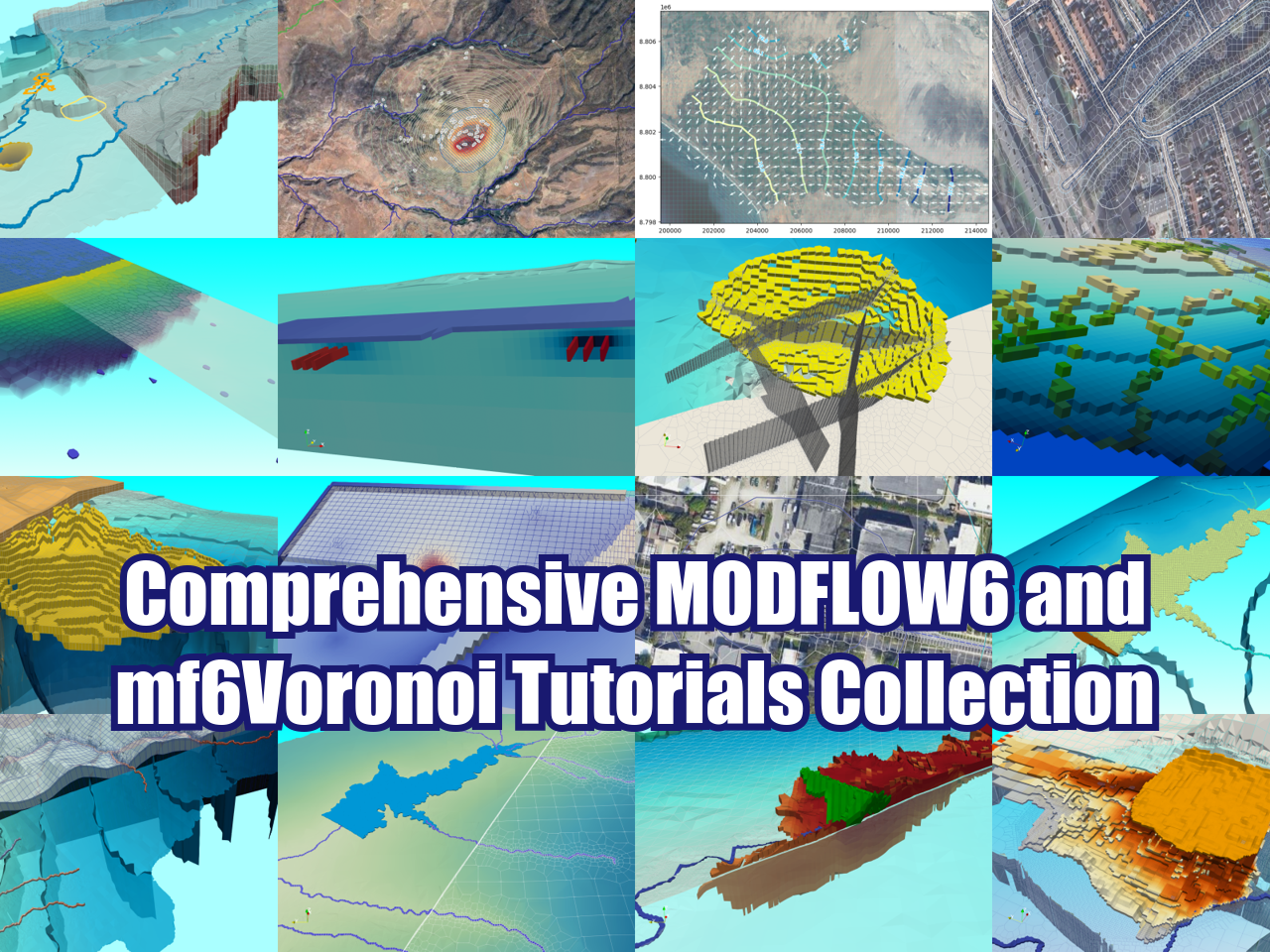Arid Zone Determination on Global Scale with IMERG Imagery and QGIS 3 - Tutorial
/An arid region is defined as a land that has little to no rain and it is too dry to support extensive vegetation. Arid regions are common in our planet and those are located on specific latitudes as a product from the atmospheric global circulation, topography and other factors. Even tough arid regions are too dry, it doesn't mean that an extensive amount of people do live in these arid regions or their economical activities depend on those areas.
As zones located close to rivers are vulnerable to flooding, the arid zones and its water resources are vulnerable to global warming. Changes on the spatial and temporal precipitation distribution with an increase on temperature can lead to drastic changes on the surface flow rates and the groundwater flow regime.
As a deeper introduction to the existence of arid regions, there is a animation from the NASA's Global Precipitation Measurement mission that unifies the precipitation measurements of 12 satellites and integrates them into a Integrated Multisatellite Retrievals for GPM data product (IMERG). The animated data visualization is from April though September 2014 and shows the global distribution of precipitation as rain (liquid) or snow (frozen).
Read More























